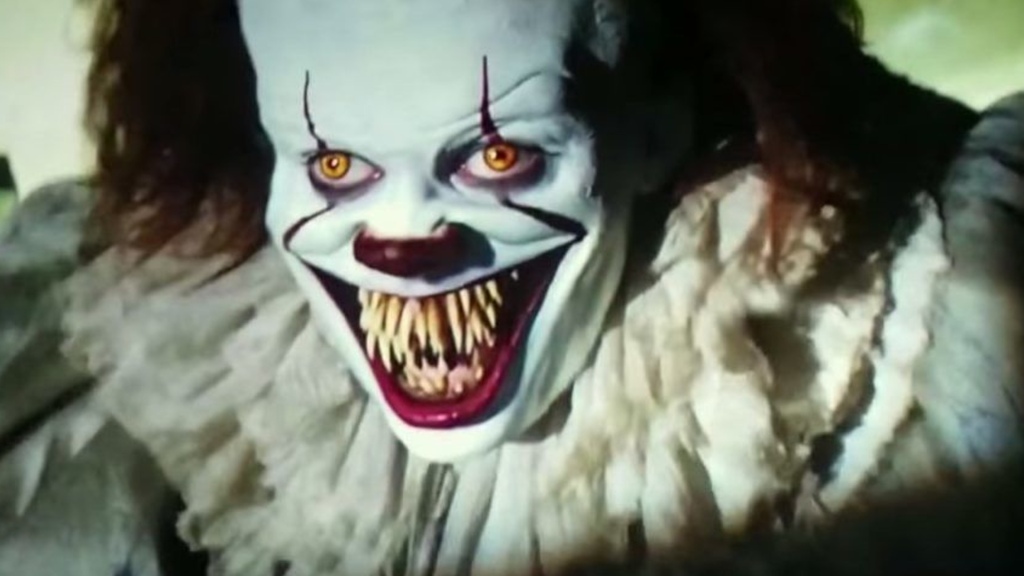Fear.
I let the word be there for a moment. It’s odd, perhaps, to start a post this way. But I’m curious. Did you dwell on it? If you did, did it evoke the emotion it represents? Did your mind wander over to your fears? Or did you skip quickly to this paragraph?
I ask because when I see or hear the word, my default thought is: “it’s incomplete. Everyone knows we’re supposed ‘to face our fears.'” In this pull-yourself-up-by-the-bootstraps/pull-yourself-together/rugged individualism society of ours, we’ve conditioned ourselves to not dwell on our fears, but face them head on, challenging ourselves to move past them or work through them.
The only place, it seems, where we are allowed to move through our fears is the movie theater. But even then it’s usually* only our childhood fears, the fear of things that go bump in the night, that many get to fully explore, trauma- and guilt-free.
And finally without needing an adult to turn on the lights and tell us the monsters in our closets and under our beds are nothing more than shadows.
For a few moments until the timed lights come on, we get to believe that the monsters are real and we get to delight in the chills and thrills that that momentary belief brings. The willing suspension of disbelief is a wonderful thing.
At least it was until we became a post-facts society. But I digress.
Our local news seem to be the only medium these days in which the indulgence of real world fears is socially acceptable. And I don’t mean that as a complement to the owners of the stations.
Ever see the truly terrifying film Night Crawlers? If not, go do that right now and you’ll see what I mean. Or just watch your local news and really pay attention to the way they structure their programs. There are other ways to report the horrendous things we do to one another without reveling in them. But I digress.
*Spoiler Alert
Then along came the spider.
Or is it a homicidal clown? Or an ancient alien? Or the spectral manifestation of our childhood fears? I guess that’s why Stephen King in all his wisdom called his creature that goes bump in the night IT.
In IT and IT Chapter Two we have movies that let us indulge in the thrills and chills of our childhood fear of monsters (and they do it so well)
Though, when IT takes/kills children, it’s a metaphorical end to childhood, the children taken by IT come to learn what fear is as we all inevitably must
while showing us the hard work it takes as adults to face our real-world fears. Fear of rejection; fear of failure or, worse, success; of reprisals, of heart-break; of poverty; of loneliness; of bigots wailing on you for the color of your skin, where you’re from, how you pray, or who you love; of sexual, emotional, verbal, and physical abuse; of the death of loved ones through illness, murder, tragic accidents, or suicide; and ultimately of our lack of control over such situations. Even when we demand of ourselves to “pull it together,” whether in the thick of our fear and grief or when fear crowds the edges of our minds threatening the calm we’ve carefully constructed, we all know it’s not so easy as that. The hard work of facing our fears takes as many years and decades as we spent living through gut-wrenching situations and dealing (or not) with the fall out. And as the children/adults-cum-grownups in IT learn, it takes a tribe of friends and family and lovers to help us (I would have added, however, a professional therapist into the mix, but the librarian is as damn good a substitute as any). Going at it alone, we may end up denying what’s tugging at us, what we’ve buried beneath the surface, just to get along, creating a whole host of other problems that we have to sort through as a result, as has happened to the adults in the beginning of IT Chapter Two.
So, thank you Stephen King for resisting the American myth of the savior-figure and of rugged individualism!
Does any of this seem familiar? To Disney fans it should. The wildly popular Frozen is the child-friendly version of IT replete with its own manifestation of childhood fear in Elsa’s Abominable Snowman
and a team of loving friends and family to help each other through the rough patches. Frozen was widely praised for resisting the romantic partner (read man) as savior, and rightly so. But it also should have been lauded for resisting any lone-savior figure type. Much like IT and IT Chapter Two, Frozen highlights equally the power of individual will and the redemptive power of different kinds of love with a bit of humor to boot too.
So, kudos to Disney too for getting another one right! (Loved Brave too.)
*A recent and great exception is Get Out.



I didnt see it, but you are making me want to. Great post! I love the analogy.
LikeLike